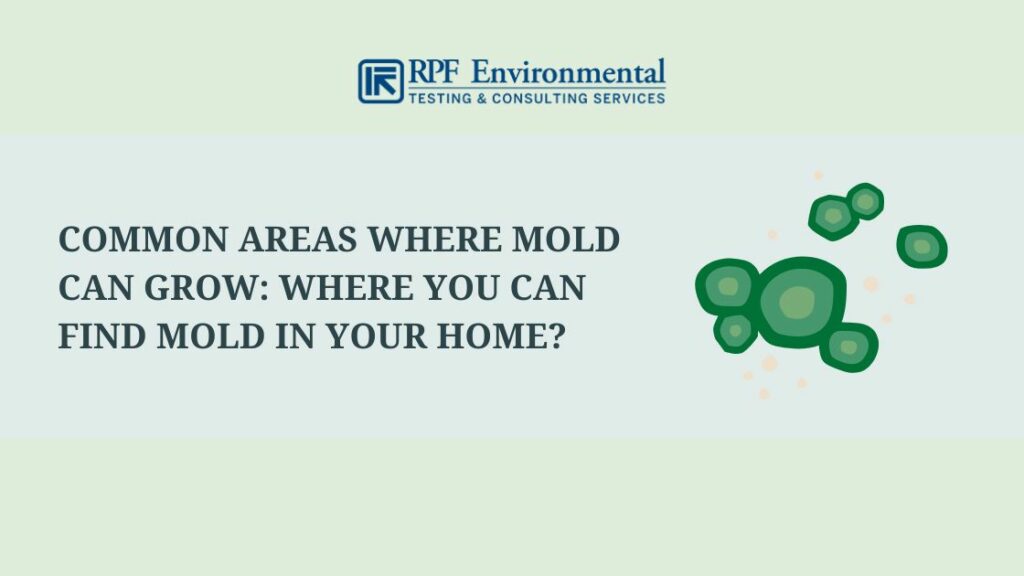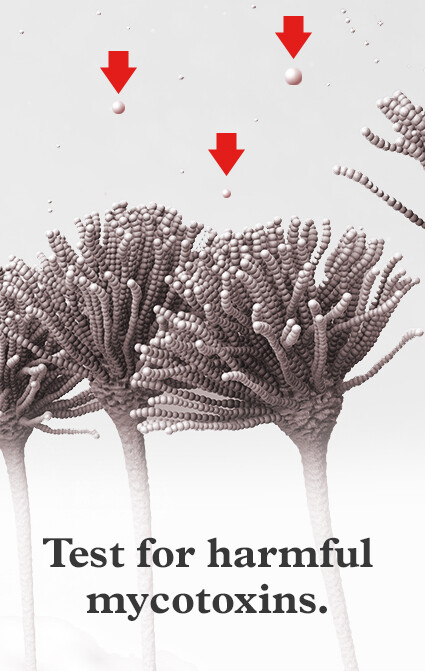Optimize Your Compliance with Trusted Mycotoxin testing Services Solutions
Optimize Your Compliance with Trusted Mycotoxin testing Services Solutions
Blog Article
Exactly How Mycotoxin Screening Assists Stop Contamination and Safeguard Food Products

Mycotoxin testing is a crucial method in the food industry, serving as a frontline protection against contamination by hazardous toxins generated by molds. Through the application of innovative methods like High-Performance Liquid Chromatography (HPLC) and Fluid Chromatography-Mass Spectrometry (LC-MS), food producers can properly quantify and find mycotoxin levels in farming items. This proactive strategy not only ensures conformity with stringent safety and security policies yet likewise mitigates health and wellness risks to customers. Regular screening fortifies brand online reputation and financial wellness by reducing contamination-related occurrences. So, how precisely do these screening protocols integrate right into the broader food security approach?
Comprehending Mycotoxins
Recognizing mycotoxins starts with recognizing that they are toxic secondary metabolites produced by certain molds, which can contaminate agricultural products. These metabolites are not vital for the growth or recreation of the fungi yet can have extreme implications for animal and human wellness. Mycotoxins are commonly found in staple plants such as corn, wheat, barley, and nuts, where they can multiply under particular conditions of dampness and temperature.
There are several kinds of mycotoxins, each generated by different fungal species. Aflatoxins, generated by Aspergillus varieties, are among the most infamous, understood for their carcinogenic homes. Another substantial team includes ochratoxins, generated by Aspergillus and Penicillium types, which have nephrotoxic effects. Fusarium varieties create trichothecenes and fumonisins, both of which are linked with different acute and persistent health and wellness issues.

Threats of Mycotoxin Contamination
The threats of mycotoxin contamination are diverse, positioning significant hazards to both food safety and security and public health and wellness. Mycotoxins, harmful compounds generated by particular sorts of fungi, can infect a wide variety of agricultural items including cereals, nuts, seasonings, dried fruits, and coffee. Once these contaminants infiltrate the food supply, they can lead to severe health and wellness issues such as liver damages, kidney failure, and also cancer. At risk populaces, including youngsters, the elderly, and immunocompromised people, are especially in danger.
Financial impacts are an additional major worry. Infected crops can lead to substantial monetary losses for farmers and food manufacturers due to decreased returns and the need for expensive purification measures. Additionally, global profession can be substantially prevented as countries impose stringent mycotoxin laws to protect their populations, causing turned down deliveries and stretched trade relationships.
Environmental elements such as climate modification worsen the danger of mycotoxin contamination. Variants in temperature level and moisture can develop desirable problems for fungal development, raising the chance of contamination occasions. Hence, understanding and minimizing these threats are crucial for ensuring the safety and integrity of global food products.
Approaches of Mycotoxin Examining
Properly recognizing mycotoxin contamination in farming products is important for protecting public health and maintaining food safety and security criteria. Different techniques are employed to detect and measure mycotoxins, each offering specific benefits and restrictions.
High-Performance Liquid Chromatography (HPLC) is a widely made use of technique due to its high sensitivity and accuracy. It includes separating mycotoxins from various other compounds in a sample, making it possible for precise quantification. In A Similar Way, Fluid Chromatography-Mass Spectrometry (LC-MS) integrates fluid chromatography with mass spectrometry to supply comprehensive molecular information, making it specifically helpful for identifying numerous mycotoxins concurrently - Mycotoxin this contact form testing Services.

Gas Chromatography-Mass Spectrometry (GC-MS) and Thin-Layer Chromatography (TENDER LOVING CARE) are likewise utilized, each with distinct applications. GC-MS is efficient for volatile mycotoxins, while TLC offers a less complex, cost-efficient choice for initial screening.
Benefits of Regular Examining
Normal testing for mycotoxins in agricultural items supplies many benefits, considerably contributing to public health and food safety and security. By determining contamination early, routine testing aids stop the distribution of toxic foods, therefore minimizing the risk of mycotoxin-related illnesses amongst consumers. This proactive technique not only safeguards human wellness however also boosts the general quality of food products.
Consistent screening likewise supports regulative compliance. Various countries and areas have developed stringent restrictions for mycotoxin levels in food and feed. Sticking to these limits via regular screening guarantees that manufacturers and providers fulfill legal criteria, thereby preventing penalties and trade obstacles. Furthermore, keeping compliance promotes customer count on and brand name reputation, which are vital for market success.
Furthermore, normal mycotoxin screening can result in considerable financial advantages. Early discovery of contamination enables prompt intervention, reducing prospective losses from extensive contamination. Carrying out normal screening procedures can also lessen recall costs and associated liabilities, which can be financially devastating.
In addition, normal screening gives important data that can educate far better agricultural methods and storage space conditions. By recognizing patterns of contamination, producers can embrace precautionary procedures, consequently contributing and decreasing future risks to the sustainability of the food supply chain.
Implementing Testing Methods
Applying efficient mycotoxin testing protocols is important for guaranteeing the safety and top quality of farming products. Establishing a durable testing framework entails several essential actions, starting with the recognition of possible contamination points within the manufacturing and supply chain. This consists of pre-harvest, post-harvest, storage, and circulation phases. Each phase has to be inspected to pinpoint where mycotoxin contamination is more than likely to happen.
As soon as crucial control factors are determined, picking suitable screening methods is necessary. Common strategies include enzyme-linked immunosorbent assay (ELISA), high-performance liquid chromatography (HPLC), and mass spectrometry (MS) Each approach has its staminas and weaknesses; hence, choosing the right one depends on the particular mycotoxin being examined, the required sensitivity, and readily available resources.

Last but not least, integrating the screening protocols right into an extensive food safety management system is a good idea. This enhances traceability and enables swift corrective actions click for more when contamination is read this article identified, thus protecting the integrity of the food supply chain.
Final Thought
Mycotoxin screening is important in avoiding contamination and securing food products by enabling early detection of damaging toxic substances created by mold and mildews in farming items. Routine screening improves brand name track record, monetary security, and trust in food safety and security by decreasing contamination-related losses and keeping high criteria in food manufacturing.
Mycotoxin screening is a crucial technique in the food sector, offering as a frontline protection against contamination by dangerous contaminants created by molds. An incorporated strategy involving farming practices, storage monitoring, and regular testing can minimize the threats linked with mycotoxin contamination, ensuring food security and public health and wellness.
The dangers of mycotoxin contamination are multifaceted, presenting considerable dangers to both food security and public health.Normal screening for mycotoxins in agricultural items uses various benefits, dramatically adding to public health and food safety and security.Mycotoxin testing is vital in preventing contamination and guarding food materials by enabling very early detection of harmful toxic substances produced by mold and mildews in agricultural items.
Report this page